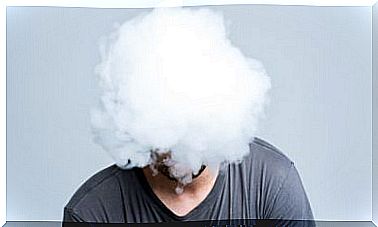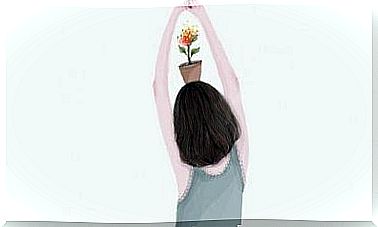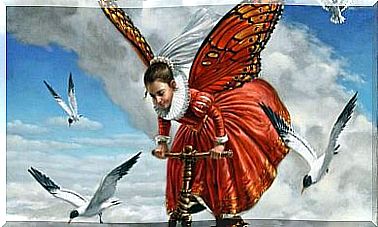The Pedagogical Model Of The Four Brains
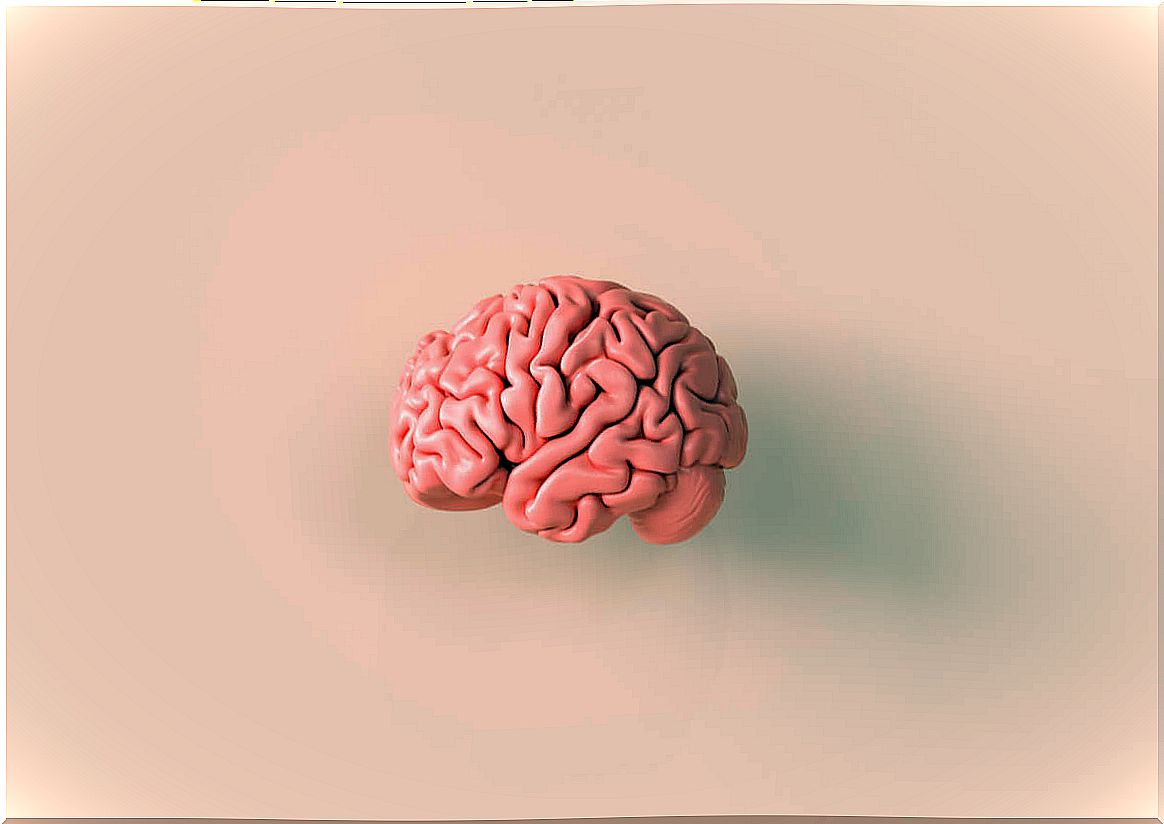
The model of the four brains is a way of bringing people, in a simple and practical way, the development and functioning of the human brain. The objective of this is that anyone can have, at least roughly, an idea of how to adequately interpret the behaviors carried out by their children, students or patients.
However, knowing how the brain develops and works is essential for anyone. Not only for mothers, fathers, educators or people who have daily contact with children and adolescents, but all members of society.
Like any attempt to simplify something as complex as the human brain, this model may not be 100% true to life. Still, it can be useful as a first step in approaching this fascinating object of study.
The lines of development of the brain
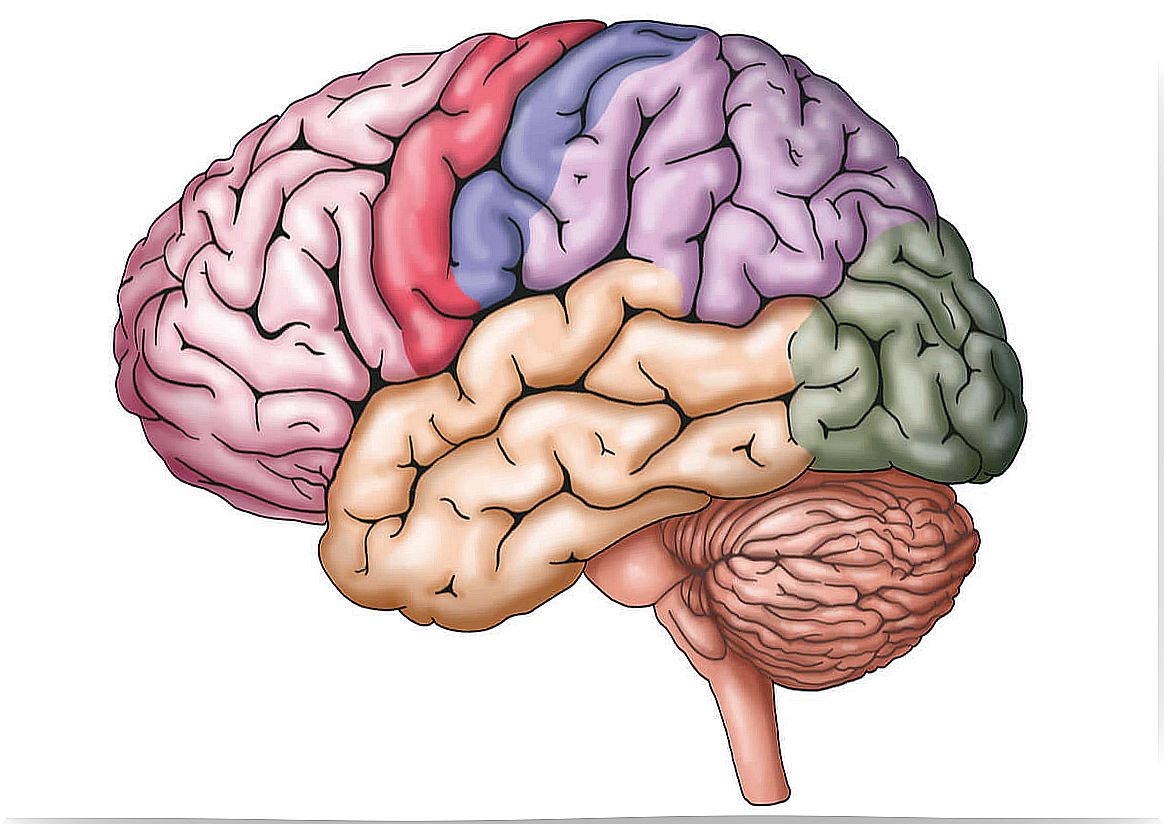
The brain has three major lines of development that take place simultaneously. Let’s see them in a schematic way:
- Zones posterior to anterior zones of the neocortex: first the posterior zones of the neocortex develop (those that have to do with perception and memory) and later the anterior or frontal zones develop (voluntary acts and executive functioning).
- Subcortex to the neocortex: initially the lower areas of the brain (subcortex) are activated and later the upper areas (neocortex) are activated. The former have to do with unconscious processes such as instincts and emotions, while the latter have to do with thoughts and reasoning.
- Right to left hemisphere: the relationship that a mother establishes with her child in the first weeks and months of life is eminently emotional and relational (right hemisphere), while language, reason and self-control (left hemisphere) will develop much more late.
The Four Brains Model
The pedagogical model of the four brains divides the brain into four large areas and assigns a color to each of these areas. So, in this way, we speak of the red, green, blue and yellow brain. In addition, they are developed in this same order.
The red brain
The red brain is more automatic, unconscious, inherited and instinctive while the yellow brain is voluntary, conscious, learned and future oriented. The red brain sits on the base of the brain and its main objective is the survival of the person. Every time our life is in danger, the responses of attack, flight or paralysis are activated unconsciously and automatically.
In this area of the brain the basic survival functions are located: heartbeat, respiration, activation of the organism, etc. It is a brain of the here and now , since it does not have the ability to anticipate the future.
The green brain
Above the red brain develops the green brain, also known as the emotional brain or limbic system . It is located right in the center of the brain and its basic functions have to do with emotion, basic memory, associative and instrumental learning, sociability and the attachment relationship.
Every time we feel an emotion such as fear, anger or sadness, this brain is activated, more specifically structures called cerebral tonsils .
The blue brain
The blue brain is located in the neocortex, since both red and green are in the subcortex. We could say that the blue brain is the brain of primates and of thought.
At all times, the brain is active, even when you sleep. In this blue area of the brain we have stored our thoughts, cognitions and everything related to long-term memories.
The yellow brain
Lastly, we have the yellow brain, a part of the brain that, unlike red, green and blue, has the following characteristics: willfulness, conscientiousness, perseverance, future-oriented and learned.
The yellow brain is the seat of executive functions such as concentration, impulse control, planning, ethical awareness and emotional self-regulation, among others. The yellow brain is located in the prefrontal cortex, just before the forehead.
We say that young children are very cruel and always tell the truth, and the reason for this is because their yellow brain is not sufficiently developed.
- Children diagnosed with neurodevelopmental disorders such as ADHD, intellectual disability, or autism spectrum disorder (ASD) have significantly more immature prefrontal cortices (or yellow brains) than their peers of the same age.
- Fernier (1976) carried out an investigation in which he removed the prefrontal cortices of a group of macaques and found that they could not be still or concentrate on a specific task.
The main function of the yellow brain is to attend and be aware of the needs of the rest of the brains (red, green and blue) in order to make the decision that is most adaptive for the person.
We can say that each of the brains has a specific function: red brain (surviving), green (emotions and attachment), blue (thinking and memory) and yellow (executive functions).
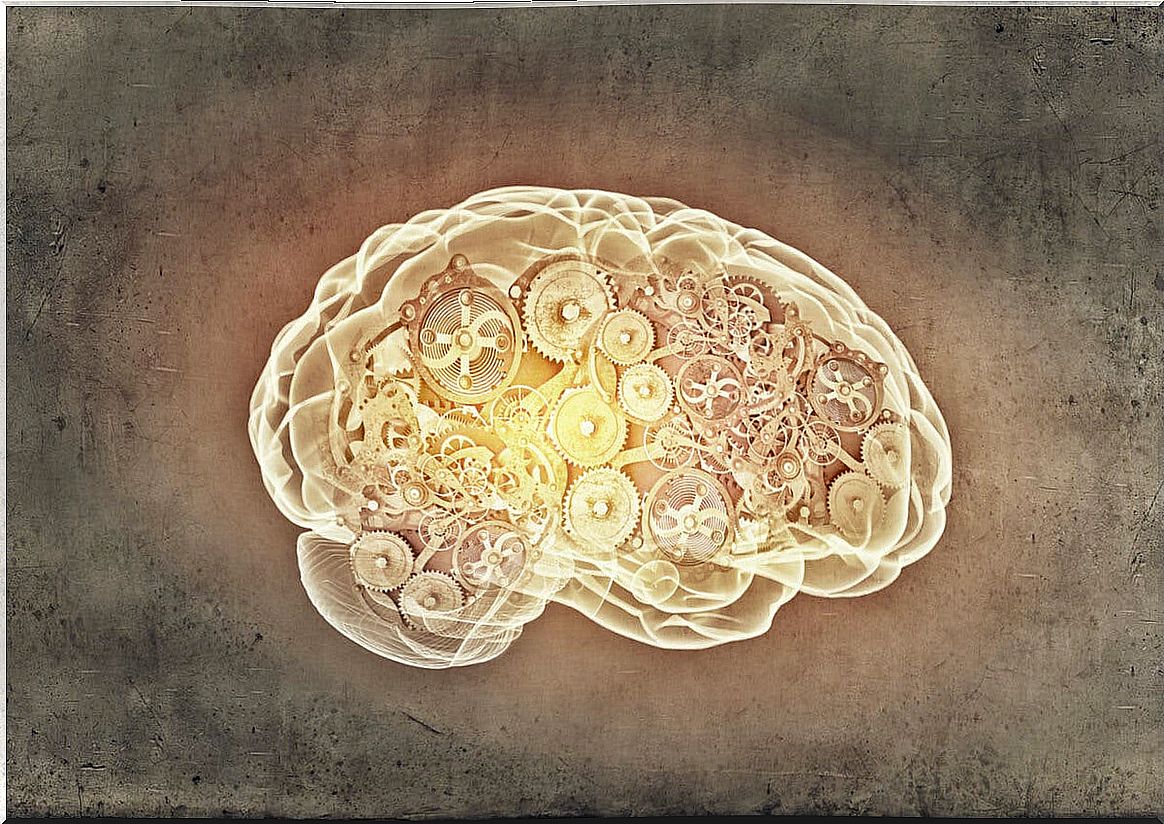
Coordination of the four brains: the work of a conductor
Neuropsychologist Elkhonon Goldberg developed the metaphor of the conductor to explain how different areas of the brain coordinate. For an orchestra or symphony to sound good, harmonious and coordinated, the work of the conductor is as important as the work of the different sections (percussion, wind chord, etc.) and each of the musicians who are part of it.
If the percussion section or the musician playing the trombone is not in tune that day, no matter how well the rest do, the end result will not be good. Musicians need the conductor and the conductor needs his musicians. The same is true when it comes to brain function.
In the amygdala sequestration that Joseph LeDoux described a few decades ago, emotion (green brain) is much more intense than the prefrontal cortex’s ability to control and manage it (yellow brain). In this case, the yellow brain cannot take over the green brain due to its intensity, so it needs an external yellow brain to help manage and channel this emotion.
Therefore, although it seems that yellow is the most important of the four brains, they all are, because the brain works holistically, as a whole. For this reason, any injury, trauma or tumor in any part of the brain will affect the overall function and result. Not just the brain of a specific color.
In conclusion, the pedagogical model of the four brains can help to understand the development, functioning and connectivity of the different parts of the brain, as well as provide explanations of what happens in the brain of our children and students every time they feel fear, anger or curiosity.




